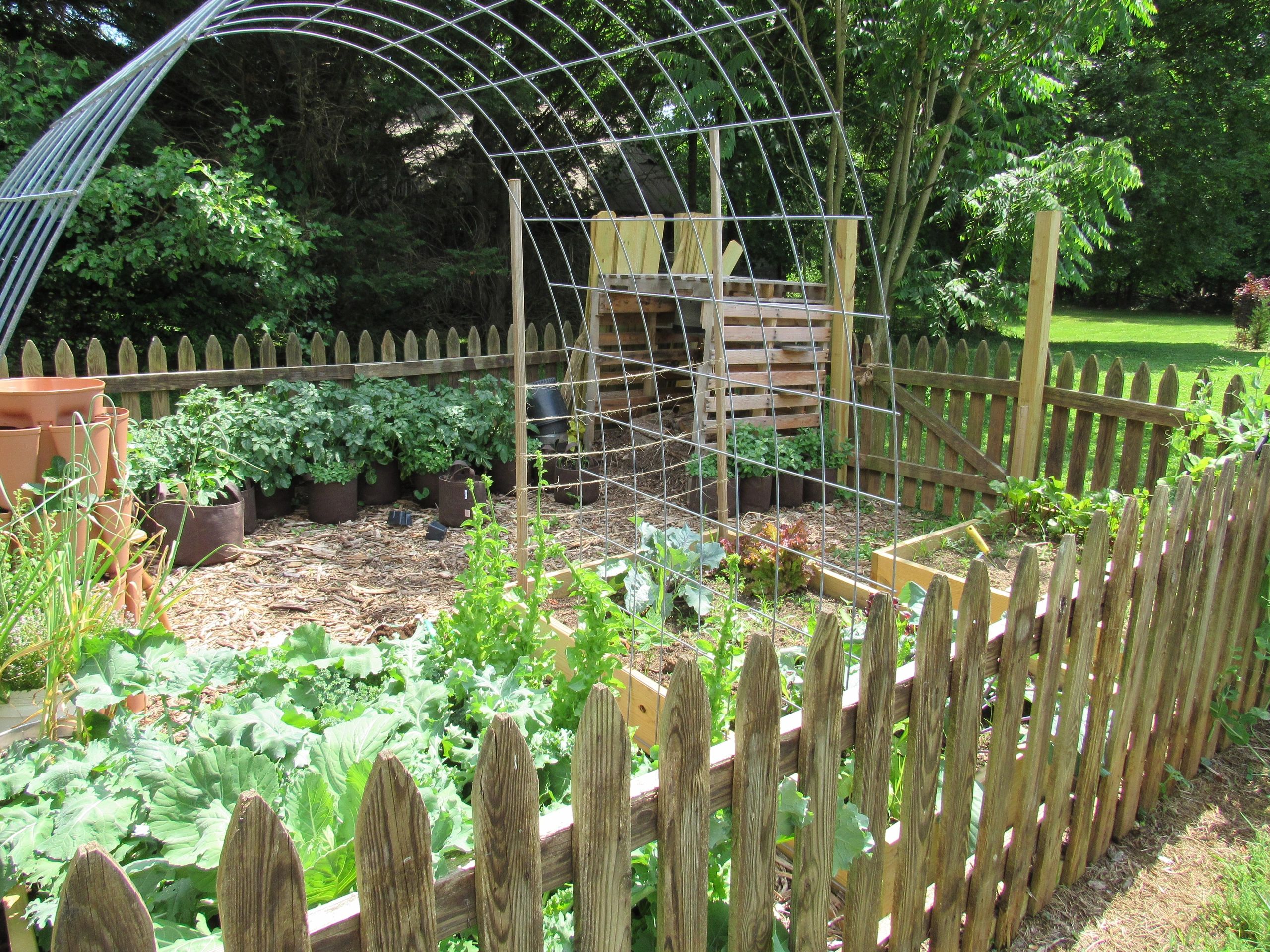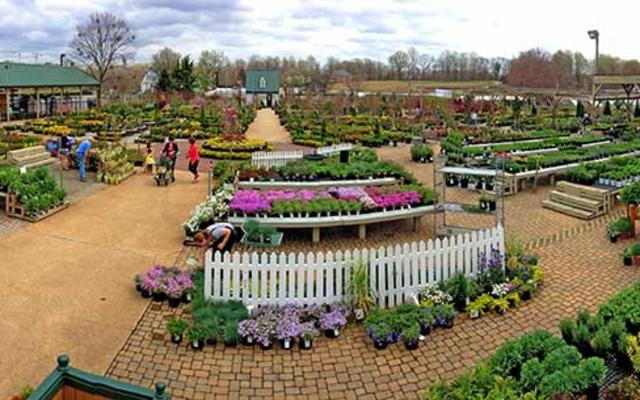Top Learning Materials for Homestead Gardening
Wiki Article
Discover the Secrets to Developing a Productive and beautiful Horticulture Room
Creating a productive and lovely horticulture area is not simply a matter of growing vegetables and blossoms; it requires a tactical method that encompasses various important elements. From selecting the right place based on sunlight and dirt kind to attentively making your design and selecting suitable plants, each choice plays a critical function in the success of your yard.Selecting the Right Area
Choosing the ideal location for your garden is essential to its success and total visual appeal. The very first action in this procedure includes examining sunlight direct exposure, as many plants need at the very least six hours of direct sunshine daily (Homestead Gardening). A south-facing garden usually receives one of the most light, while shaded areas can impede growth and blooming
Additionally, take into consideration dirt top quality and water drainage. Well-draining soil is essential to protect against waterlogged roots, which can cause plant diseases. Performing a soil examination can give valuable details regarding pH levels and nutrient web content, enabling you to modify the soil appropriately.
Additionally, proximity to water resources is an additional variable to evaluate - Homestead Gardening. Having very easy accessibility to a tube or irrigation system can streamline the watering process and urge consistent plant care. Wind defense is also vital; positioning your garden near structures, such as walls or fencings, can secure it from harsh winds that may damage delicate plants
Last but not least, think about access for maintenance and harvesting. A well-placed yard permits hassle-free gain access to, guaranteeing that you can quickly have a tendency to your plants without causing unnecessary tension or disruption. Thoughtful location choice lays the structure for a prospering garden.
Selecting Plants Sensibly
When picking plants for your yard, it's important to take into consideration variables such as environment, dirt conditions, and individual choices to make sure a unified and effective area. An extensive understanding of your neighborhood environment will lead you in choosing plants that prosper in your certain environment. Selecting drought-resistant ranges is valuable in arid regions, while moisture-loving varieties may be extra appropriate for areas with high rainfall.Soil conditions are similarly important; conducting a soil test can reveal pH degrees and nutrition material, permitting you to choose plants that will flourish. Indigenous plants are usually an excellent option, as they are generally well-adapted to neighborhood dirt types and call for less maintenance.
In addition, consider your horticulture objectives. Are you going for a decorative screen, a vegetable garden, or probably a mix of both? This will certainly affect your choices considerably. Reflect on your personal preferences-- selecting plants that reverberate with your aesthetic preferences will enhance your satisfaction and dedication to preserving your garden. By carefully evaluating these elements, you can develop a diverse and successful plant choice that elevates your gardening experience.
Creating Your Yard Design
With an attentively chosen plant option in hand, the next action is to create a garden design that makes best use of both charm and performance. Begin by analyzing the available space, thinking about variables such as wind, color, and sunlight patterns. A tactical layout needs to integrate different zones, including locations for growing, pathways, and perhaps seating.Begin with larger plants or centerpieces, such as trees or high perennials, positioned strategically to produce visual interest. Layer smaller sized plants in front to improve deepness and texture. Take into consideration the development habits of your selected plants; taller varieties should be positioned at the back or center of beds, while much shorter ones can line the edges.
Incorporating paths not just assists in access for upkeep however likewise invites exploration. Use products that match the garden's overall aesthetic, whether gravel, stone, or timber chips.
Furthermore, consider seasonal changes and how your layout will certainly look throughout the year. Integrating evergreens along with seasonal blossoms can ensure year-round charm. Inevitably, a properly designed yard format integrates the all-natural beauty of plants with practical considerations, causing a space that is both welcoming and effective.
Enhancing Dirt Health And Wellness

To enhance dirt health and wellness, start by carrying out a soil examination to assess pH levels, nutrition web content, and soil structure. This will educate your amendments. Integrate natural matter such as garden compost, well-rotted manure, or leaf mold to boost dirt structure, water retention, and microbial task. Furthermore, exercising plant turning can protect against vitamins and mineral deficiency and lower pest and disease stress.
Mulching is another efficient technique; it not just conserves moisture but also subdues weeds and progressively improves the dirt as it damages down. Staying clear of excessive tillage is important, as it can interfere with soil framework and injury beneficial microorganisms. Rather, embrace no-till or minimal tillage methods to keep soil stability.

Maintaining Your Yard Effectively
A well-kept yard provides satisfaction and efficiency, calling for constant attention to make sure that plants flourish and the landscape continues to be inviting. Reliable yard upkeep includes several essential techniques that boost the health and wellness of your plants and the total visual of your room.Regular watering is vital; nevertheless, it is vital to customize your watering schedule based upon the details demands of your plants and regional environment conditions. Mulching can visit aid retain wetness, reduce weeds, and control soil temperature level. In addition, prompt weeding protects against competition for resources and nutrients, making sure that your plants grow.
Pruning is another vital job. It motivates healthy and balanced development, eliminates dead or infected branches, and forms plants to keep an appealing structure. Furthermore, monitoring for pests and diseases is vital; early detection and treatment can conserve your plants from considerable damage.
Fertilization must be implemented thoughtfully, using organic alternatives whenever possible to promote long-lasting dirt health. Lastly, seasonal jobs such as growing, splitting perennials, and getting ready for wintertime will certainly ensure your yard remains lively year-round. By following these techniques vigilantly, you can cultivate a yard that is both stunning and productive.
Conclusion
Selecting an ideal location with appropriate sunshine, selecting appropriate plants, creating an aesthetically pleasing layout, improving dirt health and wellness, and making certain routine upkeep are necessary components. By incorporating these methods, one can grow a growing yard that not only enhances the landscape however additionally advertises environmental equilibrium and sustainability.From choosing the right area based on sunshine and dirt type to thoughtfully designing your design and selecting appropriate plants, each choice plays an essential role in the success click this site of your yard. Well-draining soil is important to stop water logged origins, which can lead to plant diseases.When picking you can find out more plants for your yard, it's vital to consider aspects such as environment, soil conditions, and individual choices to ensure a effective and unified area. Ultimately, a properly designed yard layout balances the all-natural beauty of plants with useful factors to consider, resulting in an area that is both welcoming and productive.

Report this wiki page